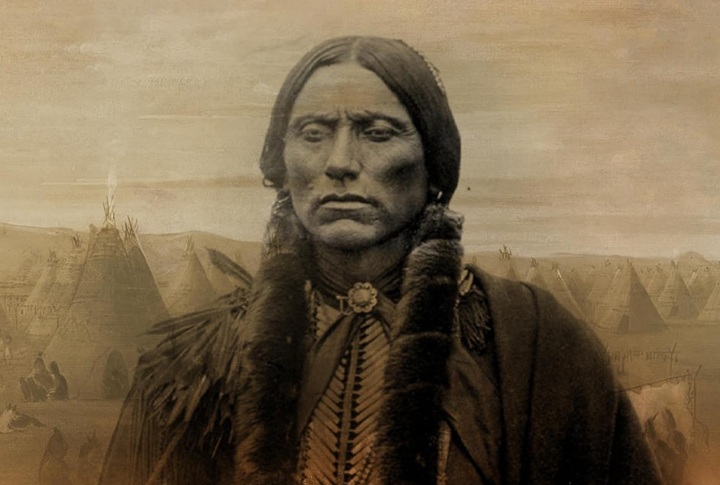
To outsiders, the Comanche seemed elusive—always moving, always adapting. But their strength wasn’t just in their speed; it was in the deep-rooted traditions that governed every aspect of their lives. For them, leadership, survival, and honor were not ideas, but rules to follow. Here are 10 that shaped their history.
Decentralized Governance
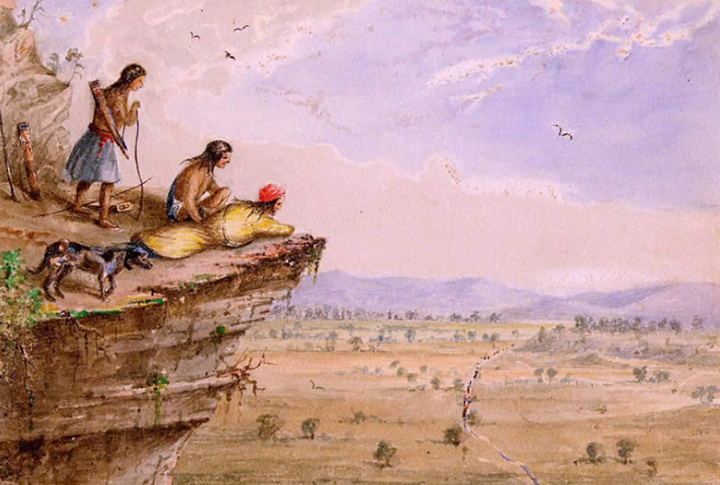
The Comanche didn’t have a single ruler. Instead, each band made decisions together, choosing leaders based on skill, wisdom, and bravery. This system helped them adapt quickly to danger, making them one of the most unpredictable forces in history. Their flexible leadership style kept them ahead of enemies who struggled to understand their structure.
Communal Buffalo Hunts
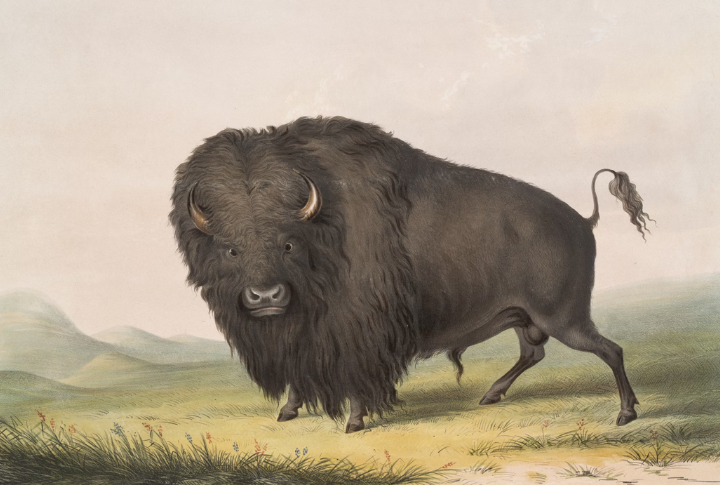
Hunting buffalo was a carefully planned group effort. Every part of the buffalo had a purpose, from the hide to the meat to the bones. The Comanche worked together to ensure fair distribution so that no one went hungry. Their efficiency in butchering a buffalo showed their deep respect for survival and tradition.
Warrior Ethos And “Counting Coup”
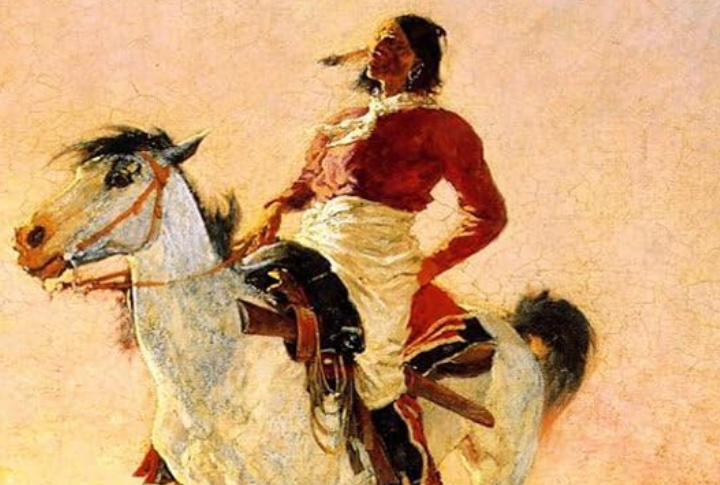
Bravery wasn’t just about fighting—it was about proving courage without unnecessary violence. Warriors gained the most honor by touching an enemy without harming them, known as a “counting coup.” Those who succeeded could brag about it without question. This daring act demanded skill and confidence, making Comanche warriors some of the boldest in battle.
Horse Raiding Traditions

Horses were power, wealth, and status. The Comanche became legendary for their ability to steal horses from rivals and settlers, a skill that demanded stealth and speed. Mastering horse raids proved a warrior’s capability, earning respect within the tribe. With their advanced horsemanship, they could shoot arrows while riding at full speed.
Roles And Responsibilities By Gender
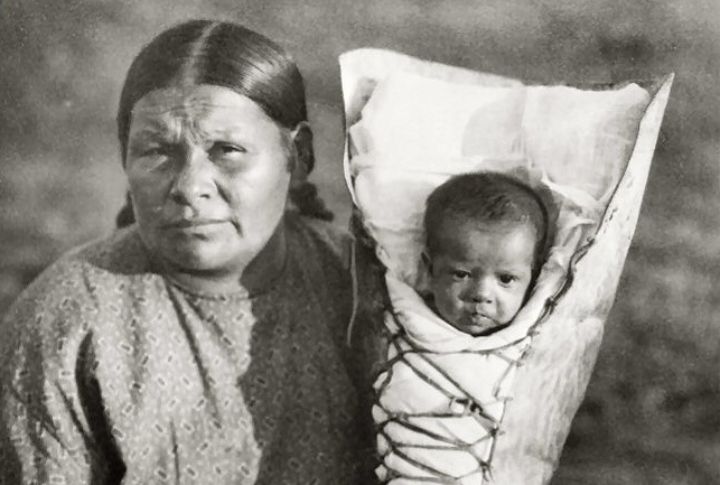
Men focused on hunting and warfare, while women ensured daily survival through food preparation and shelter construction. Though roles were traditionally defined, some women chose to fight alongside warriors, challenging expectations. Every role, whether in battle or at home, was important for the tribe’s success.
Nomadic Lifestyle
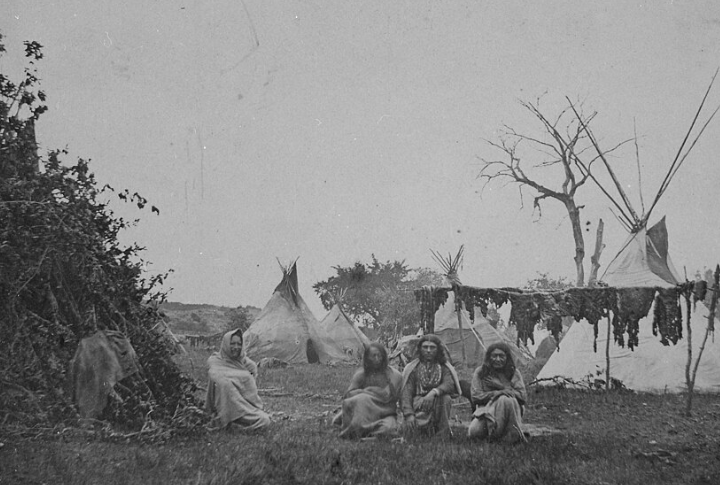
The Comanche didn’t settle in one place but followed the buffalo herds, setting up tepees wherever they traveled. Their mobility made them incredibly hard to track, frustrating enemies who couldn’t predict their movements. The ability to dismantle a tepee in minutes gave them an edge in escape and relocation.
Trade And Diplomacy

Despite their warrior reputation, the Comanche were skilled negotiators. They traded buffalo hides, horses, and weapons with neighboring tribes and settlers, which secured valuable resources through diplomacy. Some Comanche warriors spoke multiple languages, making negotiations smoother. By striking a balance between warfare and diplomacy, it allowed them to gain allies and maintain power.
Spiritual Beliefs And Rituals
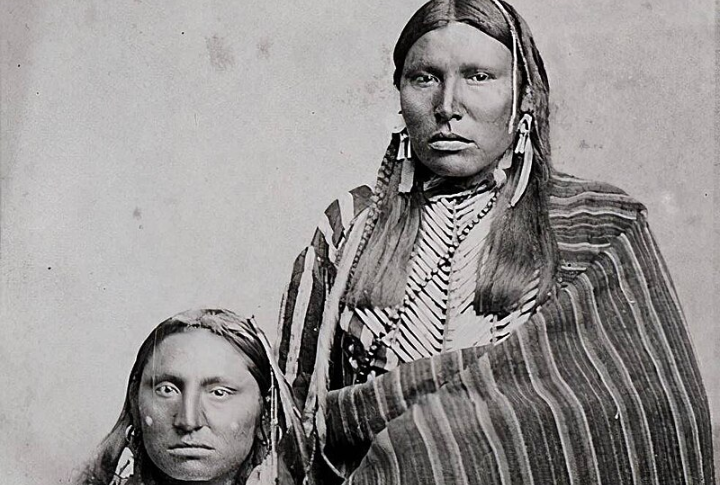
The Comanche believed spirits guided their fate and sought wisdom through rituals. Vision quests, performed alone in nature, helped individuals gain insight or strength for battle. Some warriors claimed their visions provided them with strategies to defeat enemies. Connection to the spiritual world influenced every aspect of life, from decision-making to survival.
Strict Warfare Codes

Despite their fearsome reputation, Comanche warriors followed rules in combat, including respecting prisoners when possible. Raids were never reckless; they were carefully planned to minimize losses and maximize success. Their ability to predict enemy movements just by analyzing horse tracks showcased their deep knowledge of warfare.
Survival Skills And Resourcefulness
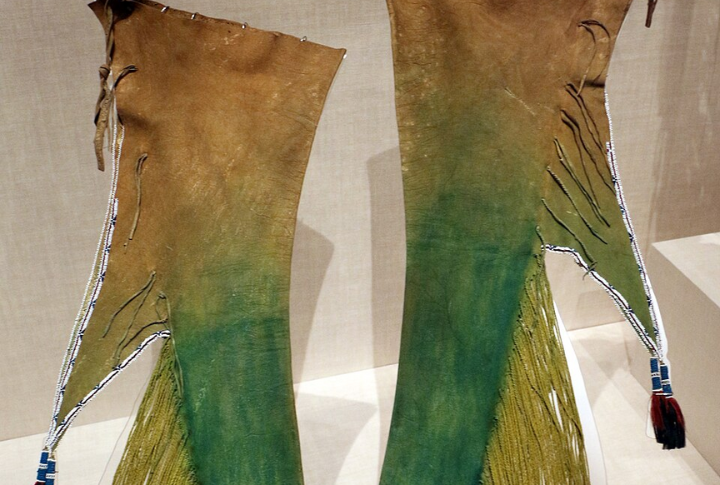
Buffalo provided more than food—the Comanche used every part for clothing and shelter. Even water carriers were crafted from buffalo stomachs, showing their incredible ability to adapt and innovate. Keen tracking skills allowed them to follow animals based on hoofprints. Nothing went to waste, and every resource was maximized.

